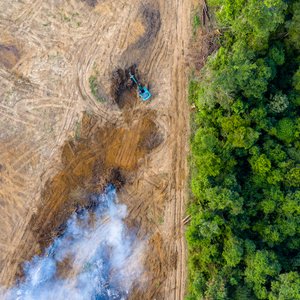Following their accession to the European Union (EU) in 2004, the new member states of central and eastern Europe (CEE) - the
Products from outside the region, primarily from
However, accession is likely to generate certain challenges for CEE feed additives manufacturers. Efforts to adhere to EU-mandated regulations relating to environmental issues, consumer protection and animal welfare in CEE countries will temporarily restrain market development. This situation will be exacerbated by the introduction of lengthy and expensive registration procedures for feed additives. Such adjustments will, in particular, place tremendous pressures on smaller, domestic suppliers.
"With a greater choice in products and services than previously, many farmers and growers are keen to try new suppliers. This, along with the increased burden of EU regulations, might result in some local suppliers merging, facing takeovers by foreign competitors or exiting the market," explains Frost & Sullivan Program Manager, Kathy Brownlie.
Although several feed additive sectors in the region are well established, many others are still at the developmental stage with low saturation levels. Also, with relatively few suppliers active in these sectors, growth potential is immense.
Opportunities for feed additive sales in CEE are also being driven by the greater sophistication in production methods and improved farmer education. As farmers in this region become better informed regarding animal husbandry and the merits of enhanced animal nutrition and hygiene, the use of feed additives in livestock diets is set to surge.
The transition from centralized economies has, in many CEE countries, been accompanied by volatility in the prices of feed ingredients.
Now, however, increasing price stability of feed ingredients and additives within the region is boosting the uptake of functional feed additives and other ingredients.
"Despite the inadequate nature of much of the agricultural industry infrastructure, many companies active in this industry sector believe that the CEE feed additives market will grow by over 50 per cent over the next five years," remarks Brownlie. "They also believe that the market is yet to reach its full revenue potential."
While the amino acids sector dominates the feed additives market both in terms of volume and value, the impending ban on antibiotic growth promoters will provide impetus to the uptake of feed acidifiers. With the ban effective from 2006, alternative growth enhancing products such as feed acids will experience considerable growth - a positive trend expected to continue up to 2011.
An area of concern for local suppliers in the CEE feed additives market is competition from highly sophisticated, market-oriented international suppliers. Attracted by its exciting growth potential, large feed additive suppliers have established manufacturing plants in the CEE region, expanded capacity in current manufacturing plants or formed strategic alliances with local participants.







